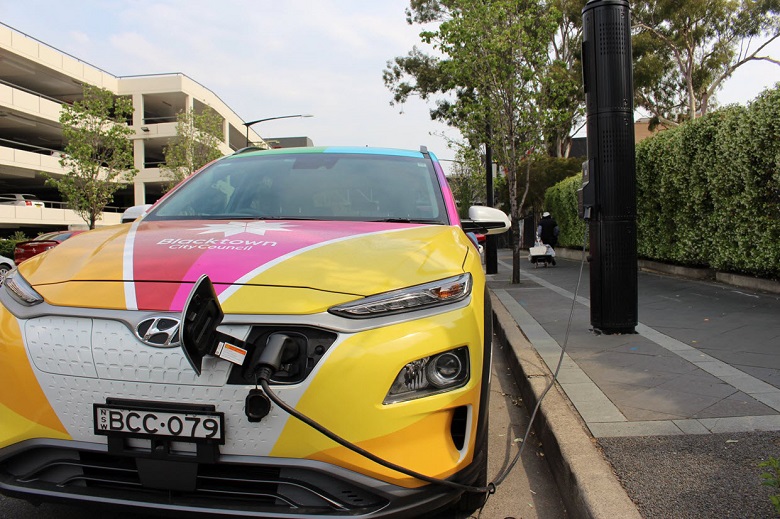
The move towards electric vehicles has been slow in Western Sydney, according to a new roadmap from councils to help accelerate this transition.
The Western Sydney Regional Organisation of Councils has released the Western Sydney Electric Vehicle Roadmap.
The eight councils involved include Blacktown City Council, Blue Mountains City Council, Cumberland City Council, Fairfield City Council, Hawkesbury City Council, Lithgow City Council, Liverpool City Council and the City of Parramatta City Council.
The roadmap was developed as part of the Western Sydney Energy Program, which aims to reduce emissions and boost energy savings for a more sustainable and affordable energy future.
The global shift towards zero-emission road transport has meant that countries that do not transition will be left with outdated vehicles, however, the uptake has been slow.
“Within Western Sydney, the progress towards EVs has been slow relative to other regions nationally,” the roadmap said.
“There is not a consistent approach across the region, with some councils actively pursuing and trialling low emission alternative and others not.”
Currently, standard hybrid vehicles are preferred within Western Sydney council fleets, according to the roadmap.
They account for approximately 3.4 per cent of all council vehicles, while fully electric vehicles or battery electric account for only approximately 0.1 per cent and plug-in hybrids approximately 0.3 per cent of all council vehicles.

WSROC President Barry Calvert said in a statement that reducing emissions is important for Western Sydney councils.
“Our region is already feeling the impacts of climate change, and temperatures are rising faster in the West than other areas of the city.
“There are significant gains to be achieved by a move to EV, and significant challenges if we fail to do so.”
Barriers to transition
To help the community transition to electric vehicles, councils can lead by example, but there are certain barriers they must overcome, according to the roadmap.
There will be a significant increase in capital costs for more expensive vehicles and to install charging infrastructure.
However, investing in electric vehicles will likely bring about a positive return on investment over the next 10 years, according to the roadmap.
To help mitigate these costs, it suggests that councils invest in joint purchasing and financing and joint grant applications.
Another barrier is the lack of skills surrounding procuring, installing and using charging and supporting energy infrastructure.
A possible solution could be regional collaboration, according to the roadmap.
The installation of charging infrastructure is needed for electric vehicles belonging to councils, residents and people travelling from other regions, however, this also poses a challenge.
“Most residents charge their vehicles at home or at work (over 89 percent), so while public charging infrastructure is not as vital for this cohort, it is critical for visitors and for providing peace of mind for all EV drivers that they can “top-up” in case of emergency,” the roadmap said.
There are currently approximately 60 charging stations across Western Sydney for recharging battery and plug-in hybrid electric vehicles.
“This represents around one charging station per 10,000 passenger vehicles in the Western Sydney area.
“Although this figure is quite high by global standards, in reality, this simply reflects that there are very few electric vehicles currently in place.
“As the EV market rapidly expands, increased availability of charging facilities will need to follow; or preferably precede, the increase in EV numbers to assist in accelerating the transition.”
Helping the community transition
Councils have a key role to play in assisting their communities to transition to zero emission, according to the roadmap.
It suggests that councils install public charging infrastructure and include EV charging for new developments.
They can also engage with the community to help remove barriers to electric vehicle uptake by promoting electric vehicle practice with public demonstrations and information sessions.
“Barriers to supporting community transition to electric vehicles include the need for appropriate planning processes (for EV public charging and in new developments),” the roadmap said.
“[And also] ensuring the role of councils in supporting sustainable business models for charging is more clearly understood,” the roadmap said.
(Main image supplied by WSROC)
Comment below to have your say on this story.
If you have a news story or tip-off, get in touch at editorial@governmentnews.com.au.
Sign up to the Government News newsletter